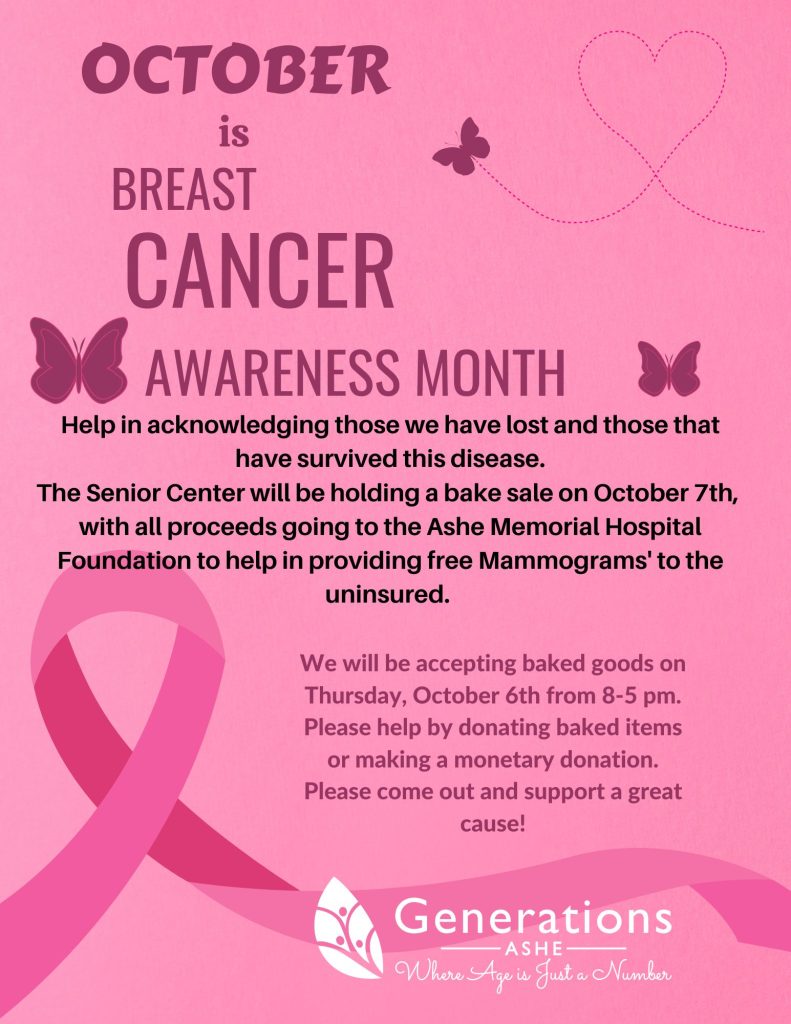
Breast Cancer is the second most common cancer diagnosed in women in the United States. Breast cancer can occur in both men and women but is more common in women. Breast cancer survival rates have increased, and the number of deaths associated with this disease is steadily declining, largely due to factors such as earlier detection, a new personalized approach to treatment and a better understanding of the disease. No one knows why some women get breast cancer, but there are many risk factors: age, genes, personal factors, obesity, using hormone replacement therapy, taking birth control pills, drinking alcohol, not having children or having your first child after age 35, and having dense breast tissue.
Symptoms of breast cancer may include a lump in the breast, a change in size or shape of the breast, and discharge from a nipple. Breast self-exams and mammography can help find breast cancer early, when it is most treatable. One possible treatment is surgery. It could be a lumpectomy or a mastectomy. Other treatments include radiation therapy, chemotherapy, hormone therapy and targeted therapy. Targeted therapy uses substances that attack cancer cells without harming normal cells.
There is no sure way to prevent breast cancer, but making healthy lifestyle decisions can significantly reduce the risk of breast and other types of cancer. These include: avoiding excess alcohol consumption, following a healthy diet with plenty of fresh fruit and vegetables, getting enough exercise, and maintaining a healthy body mass index (BMI). Women should think carefully about their options for breastfeeding and the use of HRT following menopause, as these can affect the risk. Preventive surgery is an option for women at high risk.


